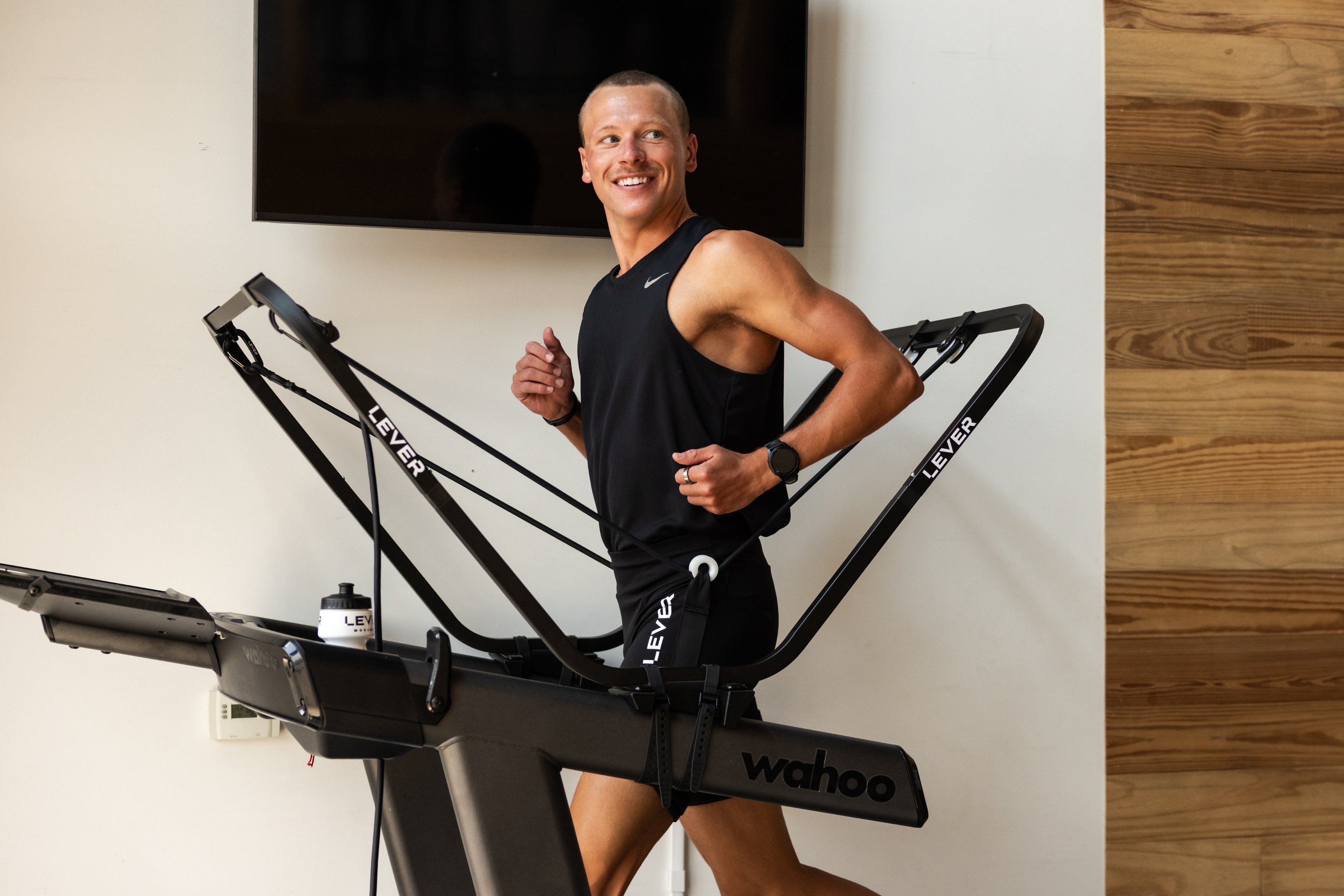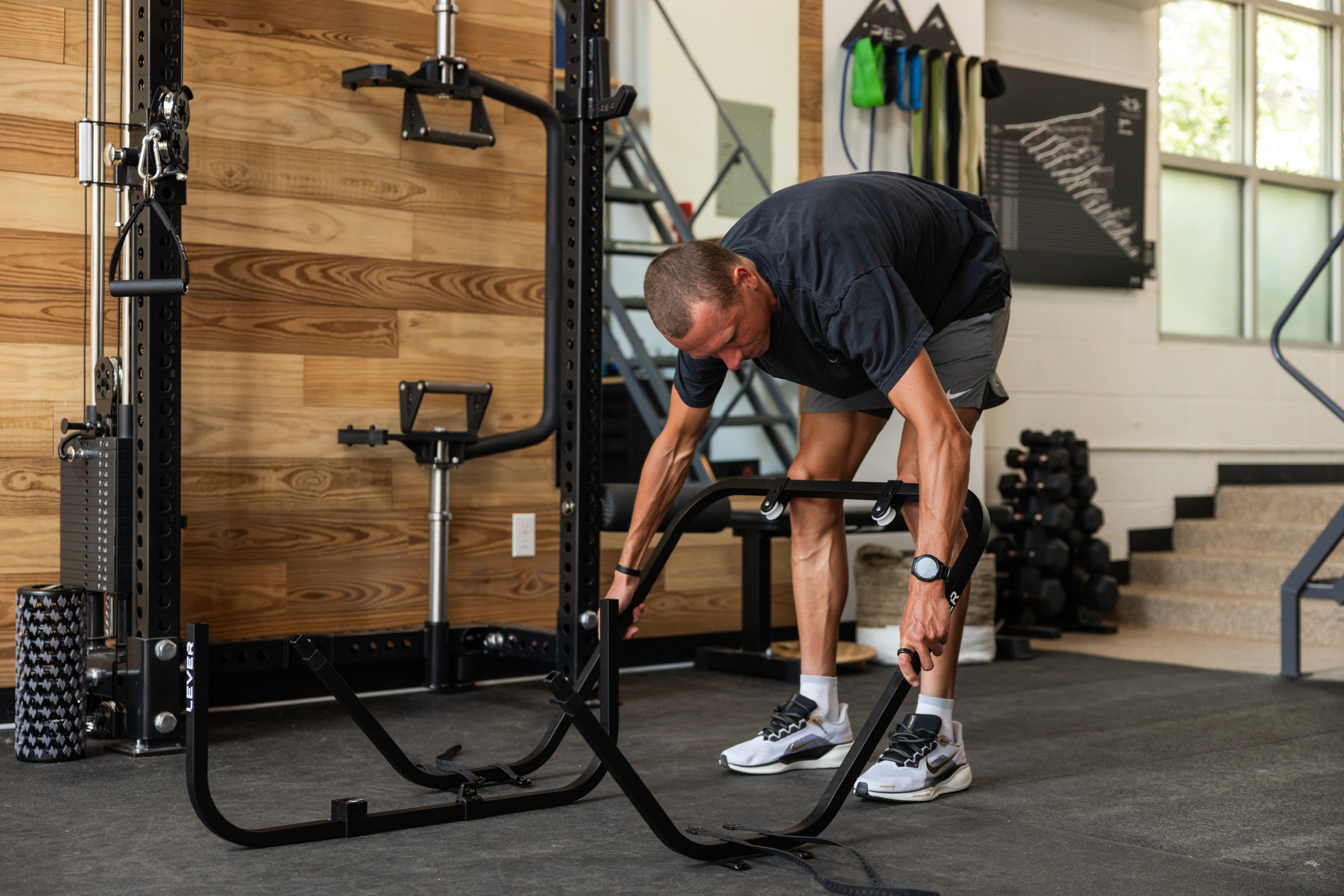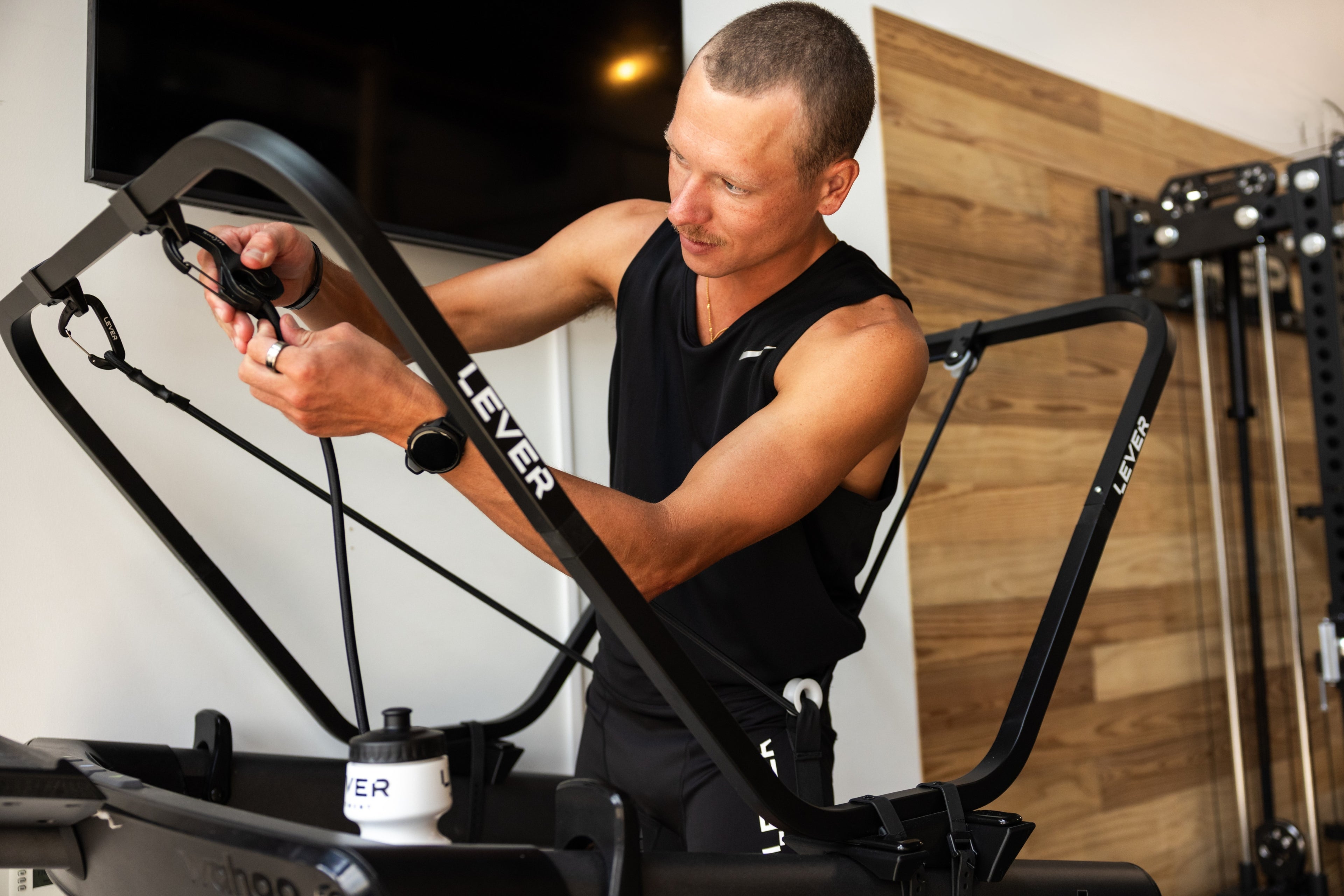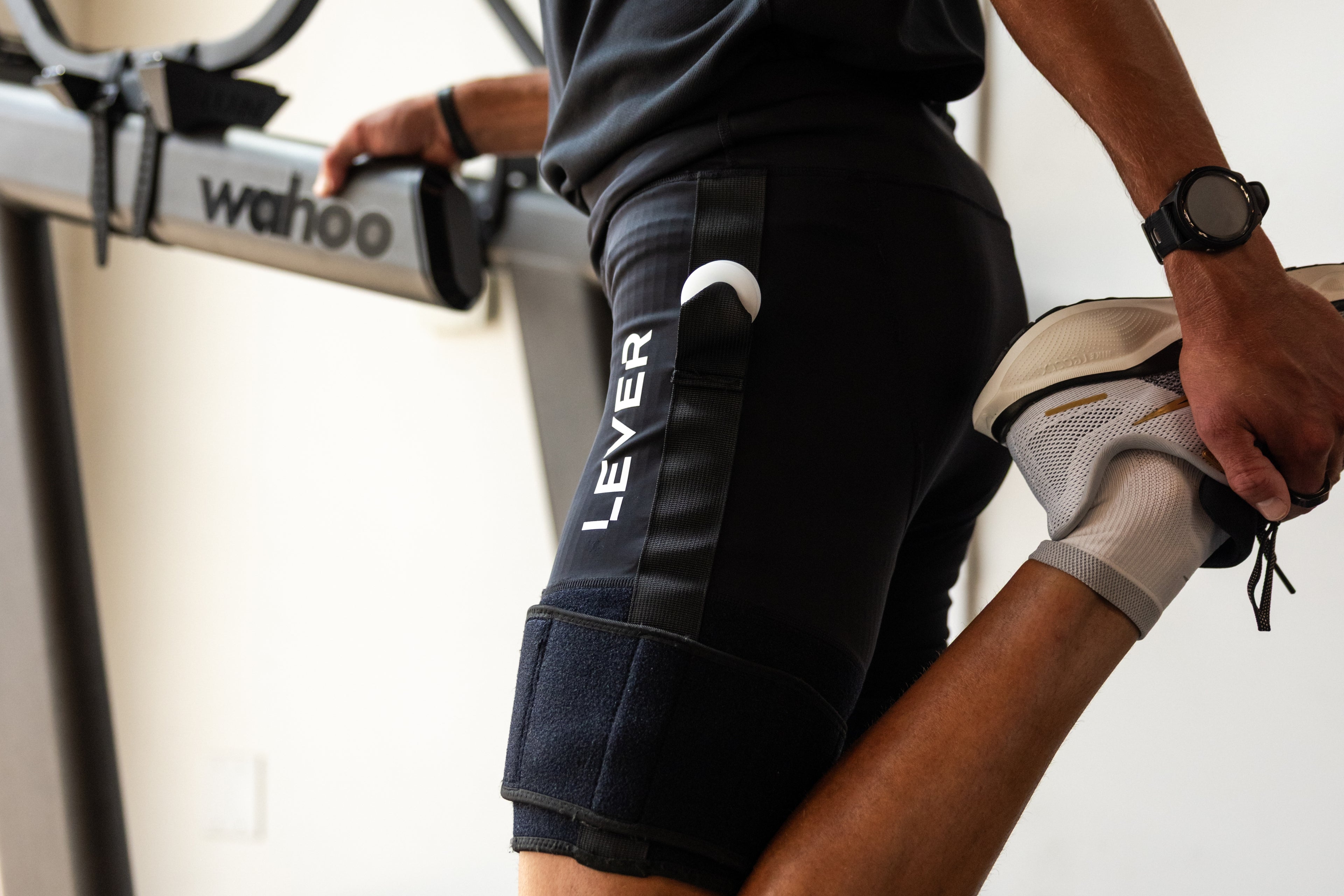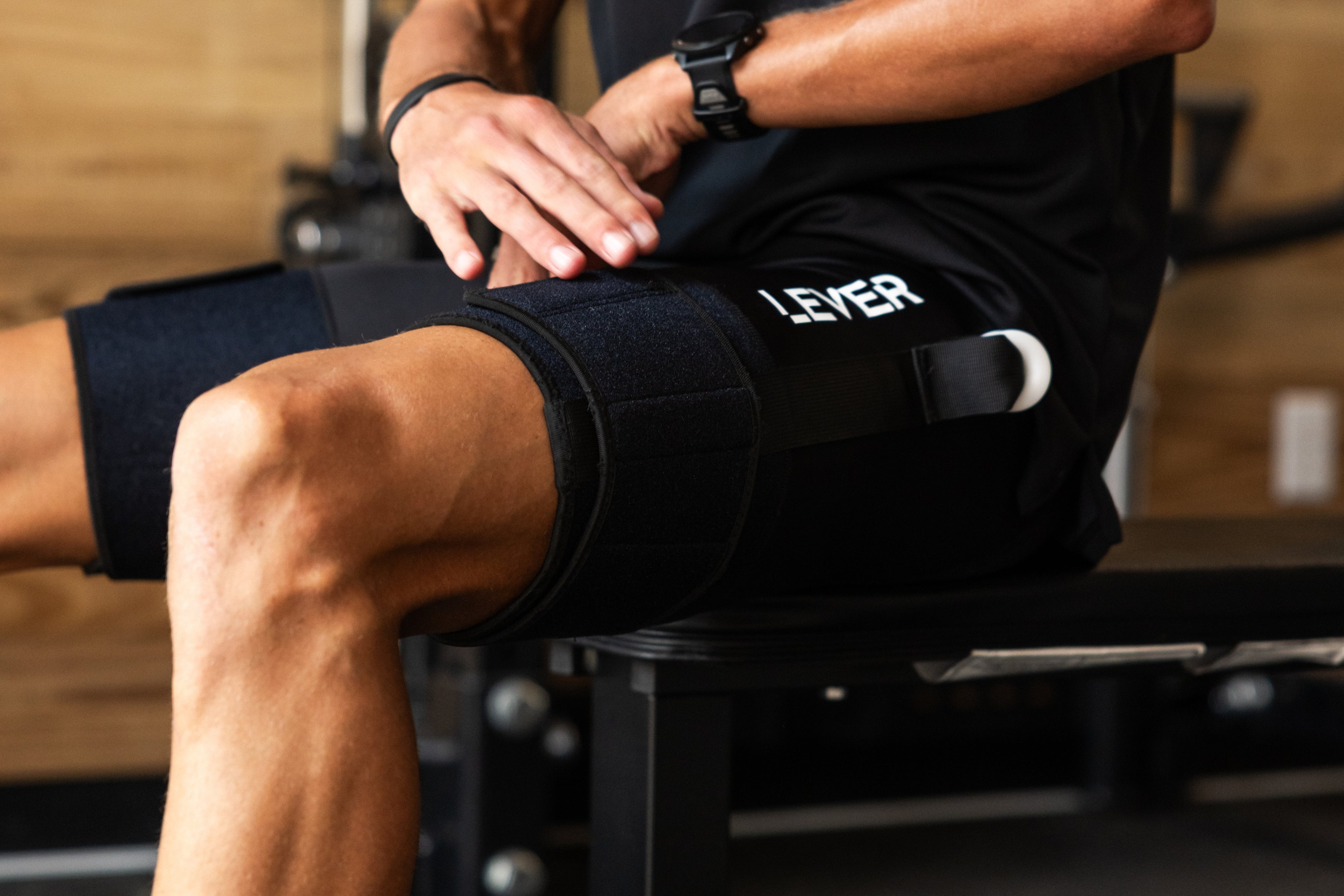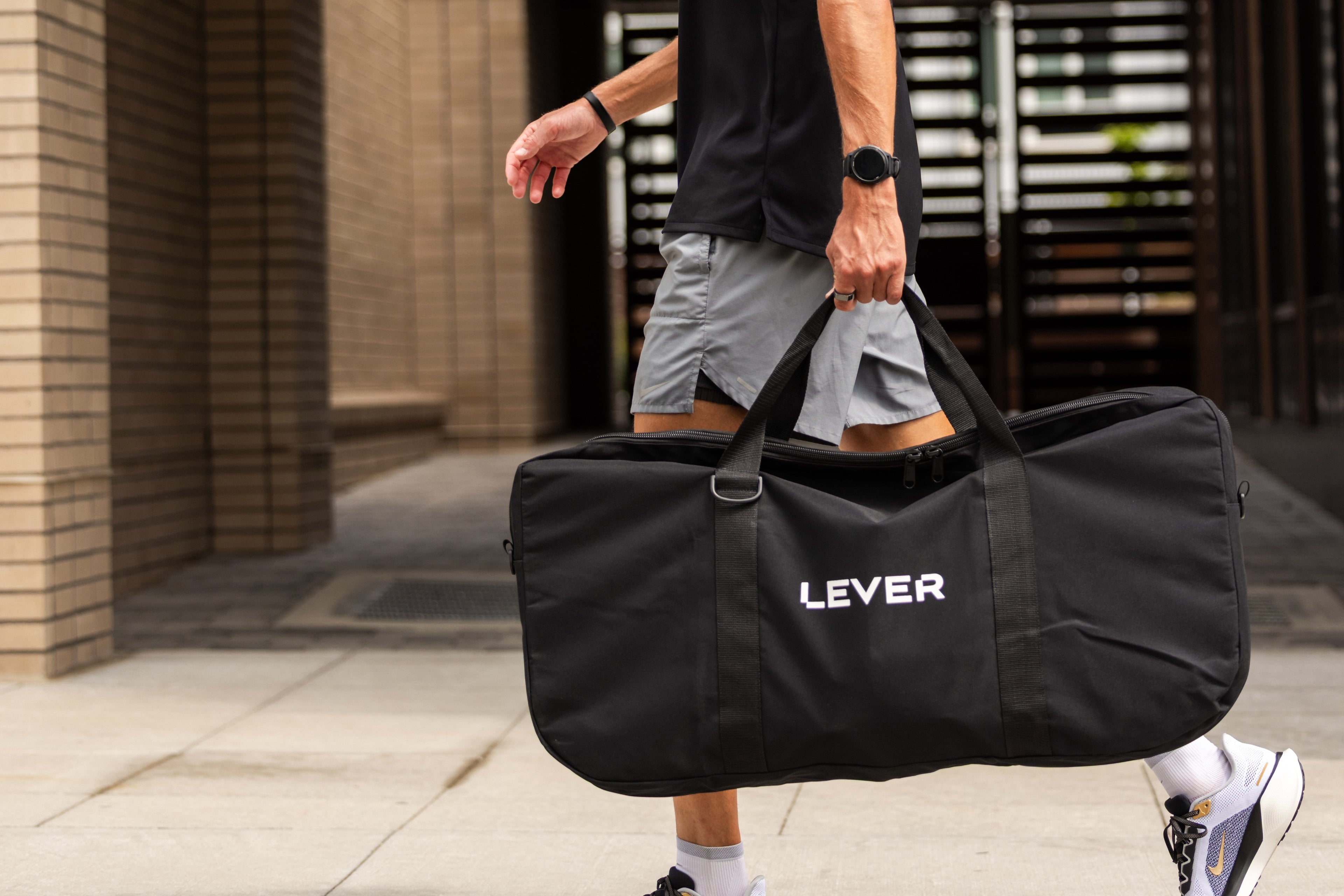Achilles Injuries Are Common—But They Don’t Have to Stop You
If you’ve ever had a nagging pain in your lower calf or heel, you’re not alone. Achilles tendinopathy is one of the most common overuse injuries in endurance sports. And while it’s notoriously tricky to manage, that doesn’t mean your training has to stop entirely.
In fact, the right tools and approach can keep you progressing—even when you're injured.
📊 Achilles Tendon Injury: The Stats
-
6–17% of running-related injuries are linked to the Achilles tendon
-
Among long-distance triathletes, the rate increases to 12–24%
-
Achilles tendinopathy is most common during periods of rapid training load increases, early-season intensity, or after long breaks
-
Rest alone often leads to deconditioning, which can delay recovery and increase the chance of reinjury
The key? Reduce stress on the tendon—without losing the structure and benefits of consistent training.
How LEVER Supports Smarter Recovery
That’s where the LEVER Movement system comes in. LEVER reduces ground reaction forces by allowing athletes to offload up to 45 pounds of body weight, significantly lowering impact on the Achilles and other structures while running.
This enables:
-
A return to running without pain
-
Maintenance of proper running mechanics and fitness
-
Gradual reintroduction of brick runs, speed work, and higher frequency training sessions

💬 Alice Alberts: From Injury to Ironman
Professional triathlete Alice Alberts experienced this firsthand in the lead-up to Ironman Texas.
“Before I got my LEVER, I was really having to limit my running. Since using it, I’ve ramped back up my weekly volume—with no pain. It’s been a total game changer.”
Despite battling an Achilles issue early in the season, Alice was able to maintain race-readiness thanks to the LEVER system. It helped her reintroduce critical sessions and regain confidence in her speed.
Inside Alice’s LEVER Training
Alice used LEVER for everything from easy recovery runs to brick sessions off the bike. Her first structured workout back included:
-
3 x 3 minutes at threshold pace (~6:00/mile)
-
4 minutes at Ironman goal pace (~6:45/mile)
-
3-minute jog recoveries
She started the session with light offloading, then removed LEVER for the final rep, and finished with a fully supported cooldown.
“It gave me confidence that I can still run fast again.”

The Bigger Picture
Alice will be racing Ironman Texas this weekend, returning to the full-distance format after two 70.3 races and a tough start to the season.
“I’m racing with joy, love, and gratitude. It’s amazing that this is what I get to do for a job.”
Her story is a reminder that injury doesn’t have to mean the end of performance—it just requires a smarter, more sustainable approach.
✅ Takeaway: You Don’t Have to Stop Running
If you’re dealing with an Achilles injury or any lower limb issue, here’s what to remember:
-
Avoid total rest unless absolutely necessary
-
Use tools like LEVER to reduce load and train without pain
-
Focus on consistency, gradual progress, and confidence-building sessions
-
Work with a PT or coach to address contributing factors like mobility, strength, and gait mechanics
👉 Ready to Train Smarter?
LEVER is trusted by athletes like Alice Alberts to bridge the gap between injury and peak performance.
Explore LEVER’s systems and see how they can help you recover stronger, train smarter, and race again—just like Alice.











